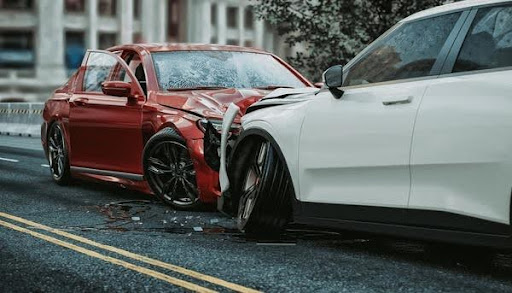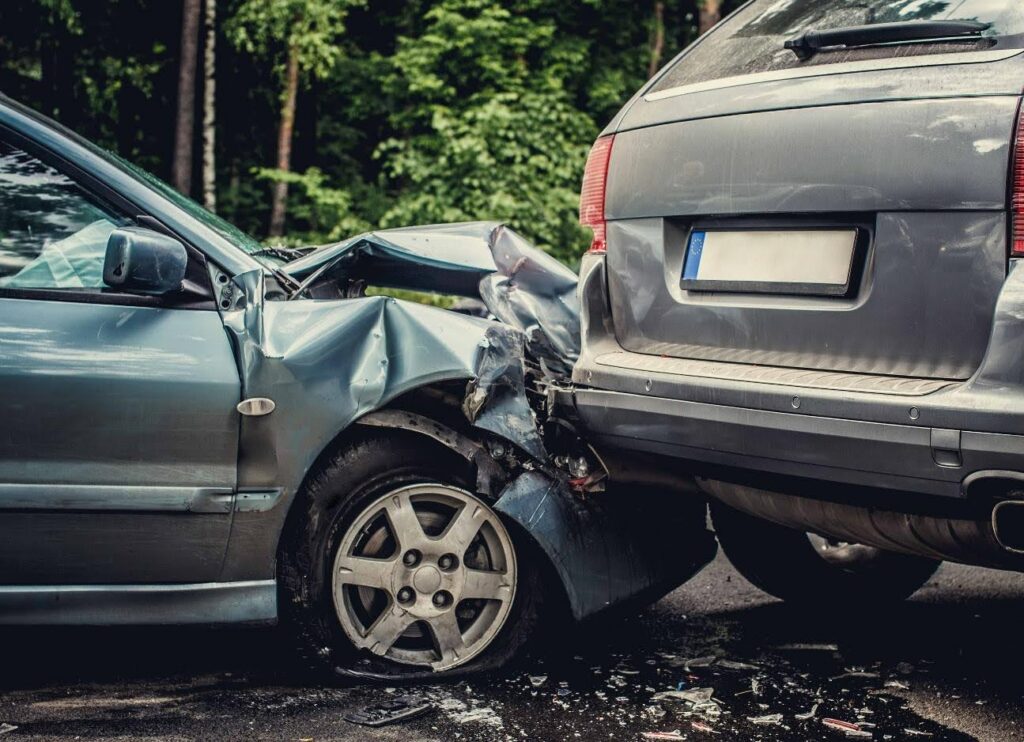It’s not uncommon to be involved in a crash that wasn’t even your fault, especially in Lakeland, where traffic can be unpredictable and some roads are just known for being dangerous.
After an automobile accident in Lakeland, there are a few steps you’ll need to take that go beyond just calling the police and exchanging insurance details. You’re going to want to build a case, not just against the other driver, if there was one, but possibly against the city or even the construction company responsible for the condition of the road.
Steps to Take After an Accident on a Dangerous Lakeland Road
Do these if you’re ever an accident victim on a dangerous Lakeland road:
Call 911 and Get to a Safe Spot
Whether the damage looks small or massive, police need to see it, document it, and file a report. That report could later become the key evidence that shows who caused the crash.
Don’t assume someone else has already called. Dial 911 yourself. Give your exact location using street signs or GPS. Explain how many people are involved, what happened, and whether anyone looks hurt. Staying on the phone until they say you can hang up helps emergency teams reach you faster and more prepared.
Help the Injured
While waiting, only offer basic help if it’s safe. If someone’s bleeding heavily, apply pressure. If someone isn’t breathing and you know CPR, do it. But don’t move anyone unless there’s an immediate danger like a fire.
Sometimes helping means just staying calm, talking to injured people, and keeping the area as secure as you can.

Exchange the Basics
You’ll need to exchange names, phone numbers, license plate numbers, and insurance details with the other driver(s). Stay calm and respectful, even if you’re angry or scared. But here’s something important: don’t apologize or admit fault, not even a little.
Start Documenting
Start documenting everything:
- Take photos and videos of the scene from multiple angles: the damage, the road conditions, skid marks, signs, signals, even potholes or broken guardrails.
- If you can, snap shots of your injuries (even if they seem small – bruises, swelling, scratches).
- If a road condition played a role, for example, if there was an unmarked lane shift or faded street lines, get that on camera too.
Who’s Actually at Fault?
This is where things get a little more technical. Florida uses a no-fault system for car insurance. But that doesn’t mean fault doesn’t matter. It does a lot. Especially in Lakeland, where local conditions often complicate things.
If someone caused the crash because they were speeding, tailgating, driving distracted, or under the influence, then they’re the negligent party. That means their insurance should cover your damages.
However, if your injuries are severe enough, you can step outside the no-fault system and pursue a claim directly against the at-fault driver.
And that also includes when dangerous roads played a role. If faded lane markings or a massive pothole caused the other driver to swerve into you, or contributed to how bad the crash was, then the city or county might share responsibility.
In these cases, a legal claim can get complicated, but also potentially more rewarding, because multiple parties might be on the hook for your injuries.
When dangerous roads are involved, your lawyer might go after the city, county, or even the construction company that was supposed to keep the area safe.
And in some cases, both might be at fault. Florida allows for shared fault, meaning your lawyer could pursue multiple parties at the same time. This increases your chances of recovering full compensation.
Just remember, though, if a government agency is involved, you typically only have six months to file a claim with them. That’s much shorter than the usual two-year deadline for regular injury lawsuits. But of course, your lawyer would know this.

